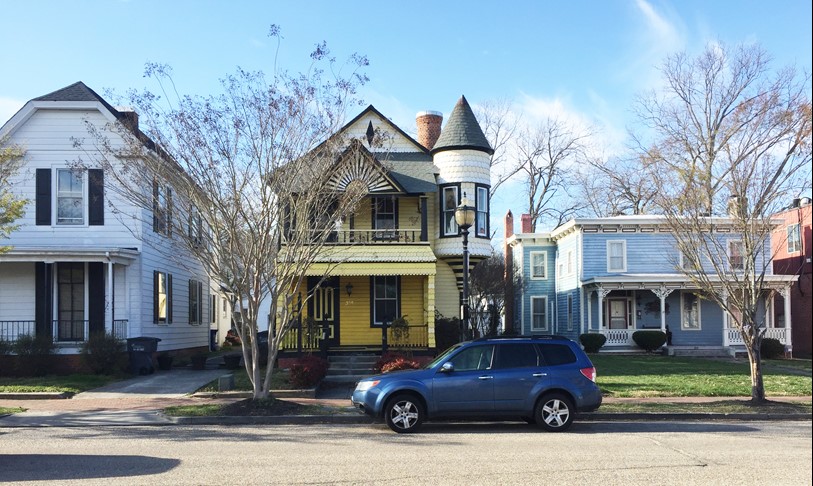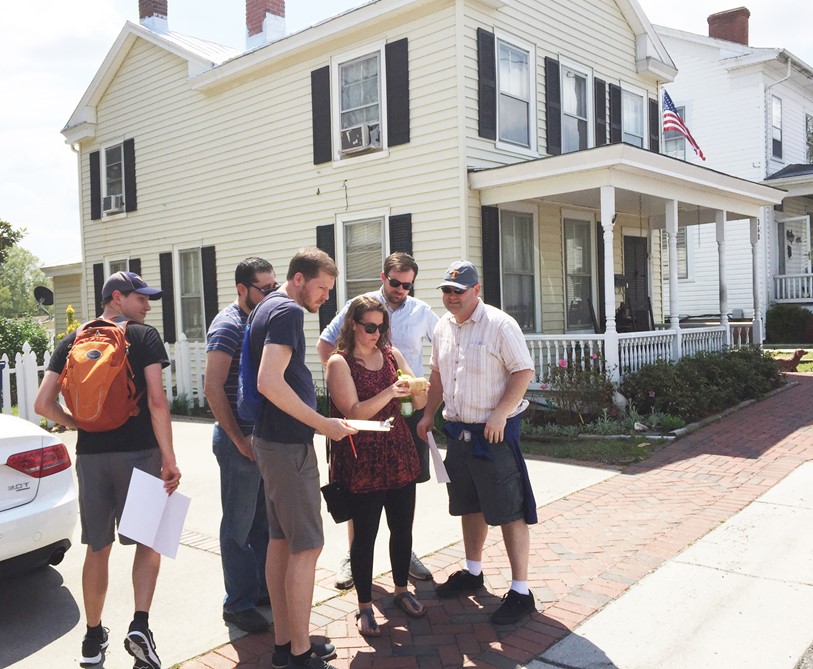The Da Vinci Code Meets The Amazing Race
Architecture and History Intersect
The intersection of architecture and history was celebrated Saturday, April 15, with the sixth annual Architectural Scavenger Hunt to mark National Architecture Week.
Hanbury organized the hunt as part of a weeklong celebration by the American Institute of Architects. This year's hunt took place in the beautiful colonial port town of Smithfield, Va. Dubbed Smithfield Revealed, it fielded eight teams of 40 people, including architects, engineers and history buffs.
Participants gathered clues and codes and raced around and through Smithfield, which boasts an architectural history spanning from the 1700s to 1920 and including everything from post medieval houses to neoclassical structures. Participants identified Colonial, Federal, Georgian and Victorian period structures. They also connected with Smithfield’s present day as the self-described “Ham Capital of the World,” by finding pig statues. The event ended at Captain Chuck-A-Muck's near historic downtown Smithfield.

The hunt occurs each year during National Architecture Week, which coincides with Thomas Jefferson’s birthday, April 13. The week celebrates the built environment, and it aims to raise the public’s appreciation for design and awareness regarding the role of architects as forces for positive change.
Throughout the region, local chapters of the AIA sponsor and schedule events for the week, such as visits to building sites, shadow days for students to learn about architecture, lectures, art and photography exhibits and tours of historic buildings and districts.

Hanbury participates with our local chapter, AIA Hampton Roads. Previous scavenger hunts included one in Fort Monroe, which centered around a cold war/espionage theme, and downtown Norfolk where, “The Cannonball Conundrum” challenged teams to piece together clues to lift the fictitious curse Lord Dunmore placed when he destroyed the town with cannonball fire during the Revolutionary War.
The event has grown steadily every year, as has our nation’s appreciation for our history and our architecture, which are forever joined. Stay tuned for clues for next year’s event.
